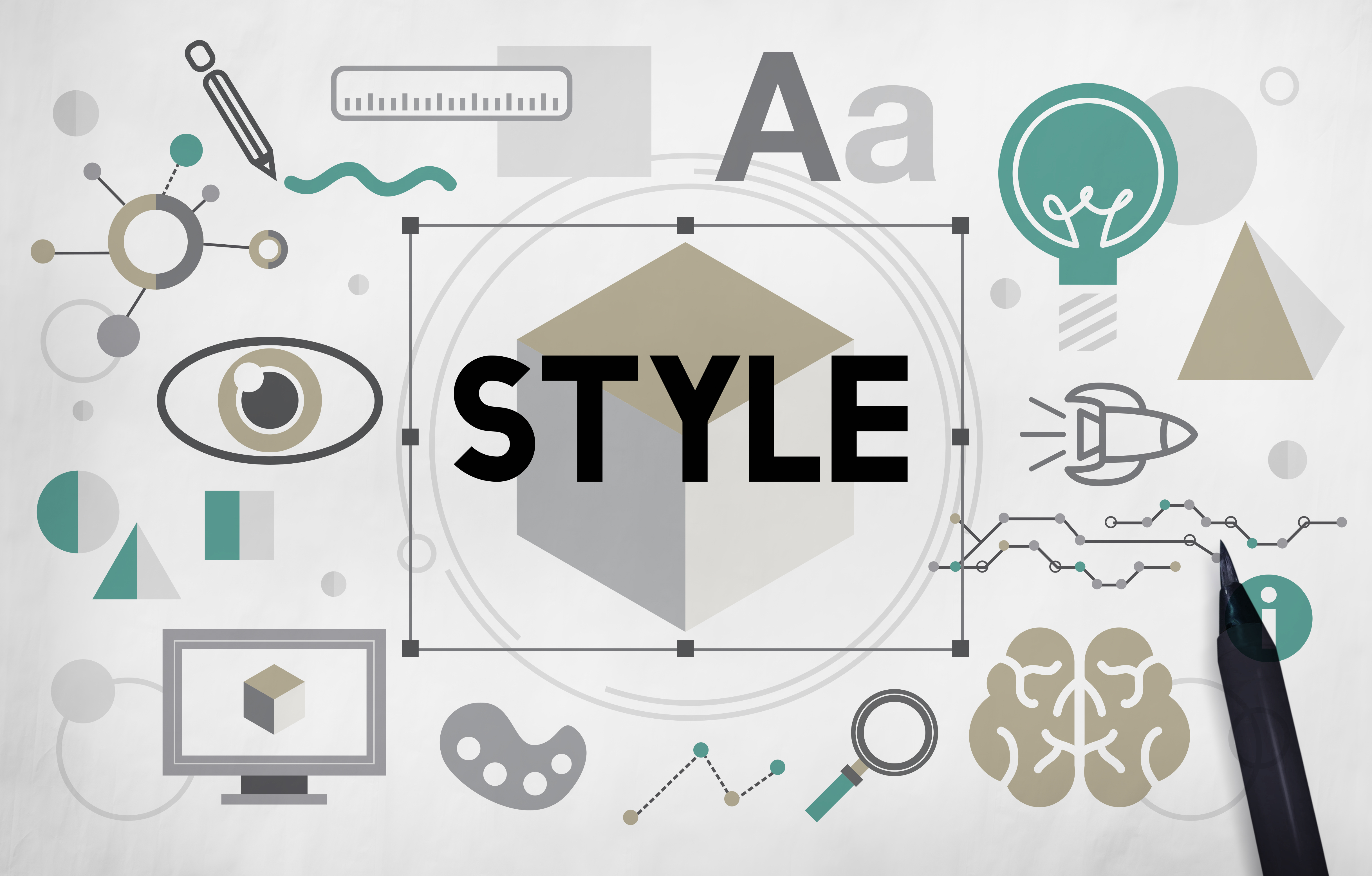
Breaking Into the World of UX: Career Change Success Stories
Through my research in the field of UX | UI, I discovered that 62% of UX professionals have previously changed their career paths.

Through my research in the field of UX | UI, I discovered that 62% of UX professionals have previously changed their career paths.

Color in UI design is used to express emotions, add variety, and create an appealing visual touch. It also helps distinguish one website from another. Colors have great psychological importance, and color theory heavily influences how we understand different uses of color.
Typography is not just about the content of the text, but its appearance. It’s the way text is arranged on a page — including the fonts, spacing, size, and how different text elements (like headings and body text) relate to each other. Different fonts convey different meanings; while you can often stick to classic fonts, some creative or unconventional designs may require unique font choices.
Contrast is what makes elements of your design stand out — whether through color, size, or other attributes. It’s a great way to highlight different parts of your design.
The way you arrange design elements on a page creates balance, as each element has its own weight — whether it’s light and subtle or heavy and bold. This balance can be symmetrical or asymmetrical. When using equally weighted elements, like evenly sized boxes, you create symmetrical design — which gives users a sense of calm and order. When using elements with different weights, like boxes of varying sizes, you create asymmetrical design — which can evoke tension or excitement.
Emphasis highlights how prominent an element appears on the page. Some parts of a design are more important and should be emphasized, while less important parts can be toned down. Different levels of emphasis can increase or decrease the visual impact of information using color, contrast, scale, placement, and more.
Another principle that supports emphasis is visual hierarchy. Visual hierarchy dictates that the most important content should appear the most prominent. Different levels of emphasis should work together to create an order in which users process information on a website or app. This is seen in the way headings, subheadings, and body text are arranged.
Repetition means repeating something in your design — like the same colors, shapes, design elements, fonts, or any other feature. Repetition adds unity to a design and reinforces ideas when needed. This is crucial in UI design, where designers place the company logo and navigation elements in the same position on every page.
The visual principle of rhythm is related to repetition. The spacing between repeated elements creates a sense of rhythm — just as musicians create rhythm through the gaps between notes. There are five main types of visual rhythm: random, regular, alternating, flowing, and progressive.
White space, also called negative space, is the area surrounding the elements in your design. It’s essentially empty — but emptiness isn’t a bad thing. Both the positive space (the actual elements) and the negative space around them (the background) work together to form the full design. White space gives the layout room to breathe and makes it easier to view and understand the design.
Sources
https://www.reddit.com/r/UXDesign/comments/1i7jmh6/uxui_designer_apparently_still_the_8th_fastest/
https://www.uxdesigninstitute.com/blog/the-13-visual-principles-of-design/